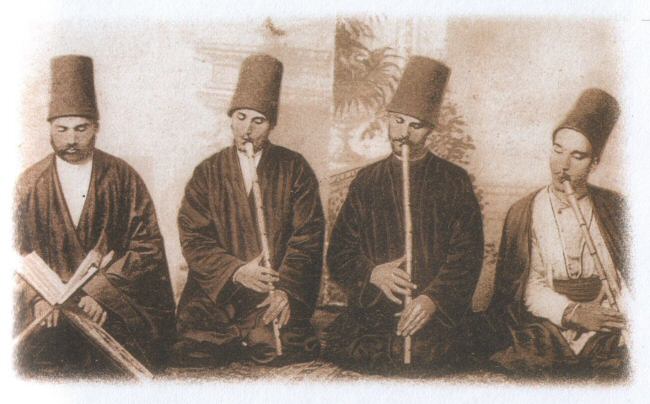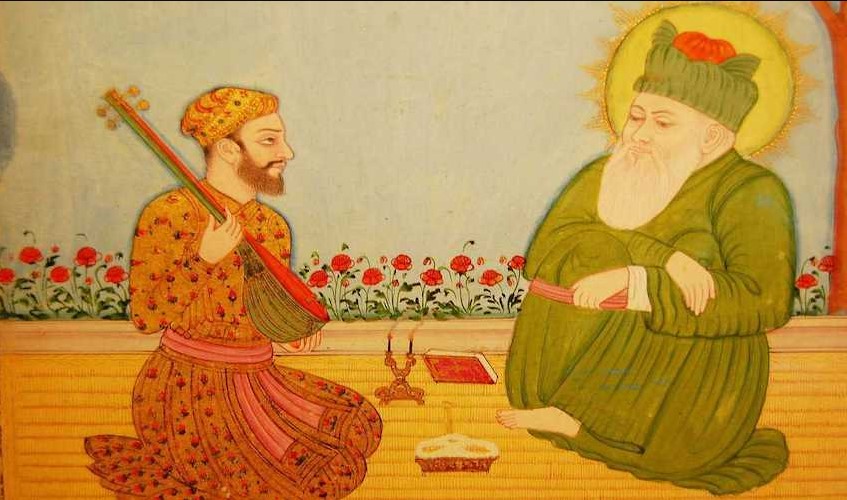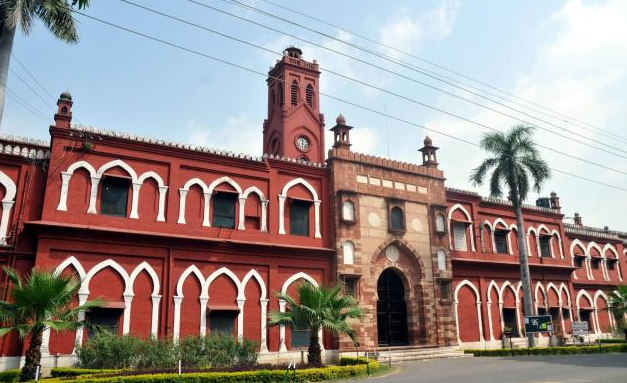Dr. Sadia Khanum
Introduction:
The Mughal Empire, renowned for its grandeur and cultural richness, is often associated with India’s history. However, the origins of this magnificent dynasty trace back to Central Asia, particularly to the Turkish-Mongol tribes of the region. Understanding the Turkish roots of the Mughal Empire is crucial for unraveling the complexities of its history, culture, and legacy. This analysis delves into the Turkish origins of the Mughals, exploring their ancestral lineage, migration patterns, and the profound impact of Turkish culture on the empire.
Mughal and Moğol
The link between the Mughals and the Turkish word “moğol” (Mongol) is primarily linguistic and historical. The term “moğol” refers to the Mongol people, an ethnic group native to Central Asia. While the Mughals themselves did not identify as Mongols in the strict sense, their lineage can be traced back to the Turkic-Mongol tribes of Central Asia.
The founder of the Mughal Empire, Babur, belonged to the Timurid dynasty, which had Turkic-Mongol roots. Babur was a descendant of Timur (Tamerlane) through his father’s side and Genghis Khan through his mother’s side. Therefore, while the Mughals were not ethnically Mongol in the sense of being direct descendants of the Mongol tribes of Mongolia, they were part of the broader Turkic-Mongol cultural and historical milieu of Central Asia.
The term “Mughal” itself is derived from the Persian word “Mughul,” which in turn is believed to have originated from the word “Mongol.” This suggests a connection to their Central Asian heritage and the Turkic-Mongol roots of the Timurid dynasty from which the Mughals descended. Additionally, the Mughals were influenced by Mongol military tactics and traditions, further highlighting the historical link between the Mughals and the broader Turkic-Mongol world of Central Asia.
Ancestral Lineage:
The lineage of the Mughal rulers can be traced to Timur (Tamerlane), the renowned Turkic-Mongol conqueror of the 14th century. Timur’s descendants, known as the Timurids, played a significant role in shaping the political landscape of Central Asia. Babur, the founder of the Mughal Empire, belonged to this illustrious lineage. Babur’s father, Umar Shaikh Mirza, was a descendant of Timur through his father’s side, while his mother, Qutlugh Nigar Khanum, was a descendant of Genghis Khan. This unique ancestry bestowed upon Babur a potent blend of Turkish and Mongol heritage, which would later define the character of the Mughal dynasty.
Migration Patterns:
The rise of the Mughal Empire was intricately linked to the migration of Turkic-Mongol tribes from Central Asia to the Indian subcontinent. Babur, facing constant challenges in Central Asia, set his sights on the fertile plains of India. In 1526, he decisively defeated the Sultan of Delhi, Ibrahim Lodi, at the Battle of Panipat, marking the beginning of Mughal rule in India. The migration of Babur and his followers marked a pivotal moment in Indian history, heralding the onset of a new era characterized by the synthesis of Turkish, Persian, and Indian cultures.
Cultural Influence:
The Turkish origins of the Mughals left an indelible imprint on the cultural landscape of India. Turkish culture, with its rich traditions of literature, art, and architecture, permeated every facet of Mughal society. Babur himself was an accomplished poet and scholar, contributing to the literary heritage of the empire. The Mughal rulers, deeply influenced by their Turkish heritage, patronized the arts and commissioned magnificent monuments such as the Taj Mahal and the Red Fort, which stand as enduring symbols of Mughal grandeur.
Language and Administration:
Turkish language and administrative practices played a crucial role in the governance of the Mughal Empire. Turkish, along with Persian, served as the language of the court and administration, facilitating communication among the diverse ethnic groups within the empire. The Mughal administration, modeled after the Turkic-Mongol systems of Central Asia, was characterized by its centralized structure and efficient bureaucracy. The integration of Turkish administrative practices enabled the Mughals to govern their vast empire with relative stability and coherence.
Military Traditions:
The martial prowess of the Mughals owed much to their Turkish origins. Babur and his descendants inherited the military traditions of the Turkic-Mongol warriors, renowned for their skill in warfare and horsemanship. The Mughal army, composed of cavalry and artillery units, adopted Turkish tactics such as the use of mobile warfare and siegecraft. The integration of Turkish military techniques with local Indian forces enabled the Mughals to assert their dominance over rival kingdoms and establish a formidable empire that stretched across the Indian subcontinent.
Legacy:
The Turkish origins of the Mughal Empire left a lasting legacy that continues to resonate in the cultural mosaic of India. The synthesis of Turkish, Persian, and Indian influences under Mughal rule laid the foundation for the flourishing of Indo-Islamic civilization. The architectural marvels of the Mughal era, adorned with intricate geometric patterns and calligraphic inscriptions, exemplify the fusion of Turkish aesthetics with indigenous Indian craftsmanship. Furthermore, the Mughal Empire fostered a spirit of religious tolerance, allowing for the coexistence of diverse faiths within its territories.
Entrance
Famous for its splendor and cultural richness, the Mughal Empire is often associated with the history of India. However, the origins of this glorious dynasty date back to Central Asia, especially the Turkic-Mongolian tribes in the region. Understanding the Turkic origins of the Mughal Empire is crucial to unraveling the complexities of its history, culture and heritage. This analysis explores the Turkic origins of the Mughals, examining their ancestral lineage, migration patterns, and the profound impact of Turkish culture on the empire.
Mughal and Mughal
The connection between the Mughals and the Turkish word “mongol” is primarily linguistic and historical. The term “Mongol” refers to the Mongolian people, an ethnic group native to Central Asia. Although the Mughals did not define themselves as Mongols in the strict sense, their ancestry dates back to the Turkic-Mongolian tribes of Central Asia.
Babur, the founder of the Mughal Empire, belonged to the Timur dynasty of Turkish-Mongolian origin. Babur was a descendant of Timur (Tamerlane) on his father’s side and of Genghis Khan on his mother’s side. Thus, although the Mughals were not ethnically Mongolian in the sense of being direct descendants of Mongol tribes in Mongolia, they were part of the broader Turko-Mongol cultural and historical environment of Central Asia.
The term “Mughal” itself is derived from the Persian word “Mughul”, which in turn is believed to originate from the word “Mongol”. This shows a connection with the Mughals’ heritage in Central Asia and the Turkic-Mongol roots of the Timurid dynasty. Additionally, the Mughals were influenced by Mongol military tactics and traditions, further emphasizing the historical link between the Mughals and the wider Turco-Mongol world of Central Asia.
Ancestral Lineage:
The lineage of Mughal rulers dates back to Timur (Tamerlane), the famous Turk-Mongol conqueror of the 14th century. Timur’s descendants, known as the Timurids, played an important role in shaping the political landscape of Central Asia. Babur, the founder of the Mughal Empire, also came from this famous lineage. While Babur’s father, Ömer Şeyh Mirza, was a descendant of Timur from his father’s side, his mother, Kutluğ Nigar Hanım, was a descendant of Genghis Khan. This unique lineage endowed Babur with a powerful blend of Turkic and Mongol heritage that would later determine the character of the Mughal dynasty.
Migration Patterns:
The rise of the Mughal Empire is intricately linked to the migration of Turko-Mongol tribes from Central Asia to the Indian subcontinent. Facing constant difficulties in Central Asia, Babur set his sights on the fertile plains of India. Babur decisively defeated the Delhi Sultan Ibrahim Lodi in the Battle of Panipat in 1526, marking the beginning of Mughal rule in India. The migration of Babur and his followers marked a pivotal moment in the history of India, heralding the beginning of a new era characterized by the synthesis of Turkish, Persian and Indian cultures.
Cultural Impact:
The Turkic origins of the Mughals have left an indelible mark on the cultural landscape of India. Turkish culture, with its rich traditions of literature, art and architecture, permeated every aspect of Mughal society. Babur himself was an accomplished poet and scholar and contributed to the literary legacy of the empire. Deeply influenced by their Turkish heritage, Mughal rulers patronized the arts and built magnificent monuments such as the Taj Mahal and the Red Fort, which stand as enduring symbols of Mughal grandeur.
Language and Management:
Turkish language and administrative practices played an important role in the administration of the Mughal Empire. Turkish, along with Persian, served as the language of the court and administration and facilitated communication between various ethnic groups within the empire. Mughal administration, modeled on the Turkic-Mongol systems in Central Asia, was characterized by its centralized structure and effective bureaucracy. The integration of Turkish administrative practices enabled the Mughals to govern their vast empires with relative stability and consistency.
Military Traditions:
The Mughals’ fighting power owed much to their Turkish origins. Babur and his descendants inherited the military traditions of the Turkic-Mongol warriors famous for their skill in warfare and horsemanship. The Mughal army, consisting of cavalry and artillery units, adopted Turkish tactics such as mobile warfare and siege. The integration of Turkish military techniques with local Indian forces enabled the Mughals to dominate rival kingdoms and establish a formidable empire that spanned the Indian subcontinent.
Heritage:
The Turkic origins of the Mughal Empire left a lasting legacy that continues to resonate in the cultural mosaic of India. The synthesis of Turkish, Persian and Indian influences under Mughal rule laid the foundation for the development of the Indo-Islamic civilization. The architectural wonders of the Mughal period, adorned with intricate geometric patterns and calligraphic inscriptions, exemplify the fusion of Turkish aesthetics with indigenous Indian craftsmanship. Additionally, the Mughal Empire promoted a spirit of religious tolerance that allowed different faiths to coexist in its territory.





